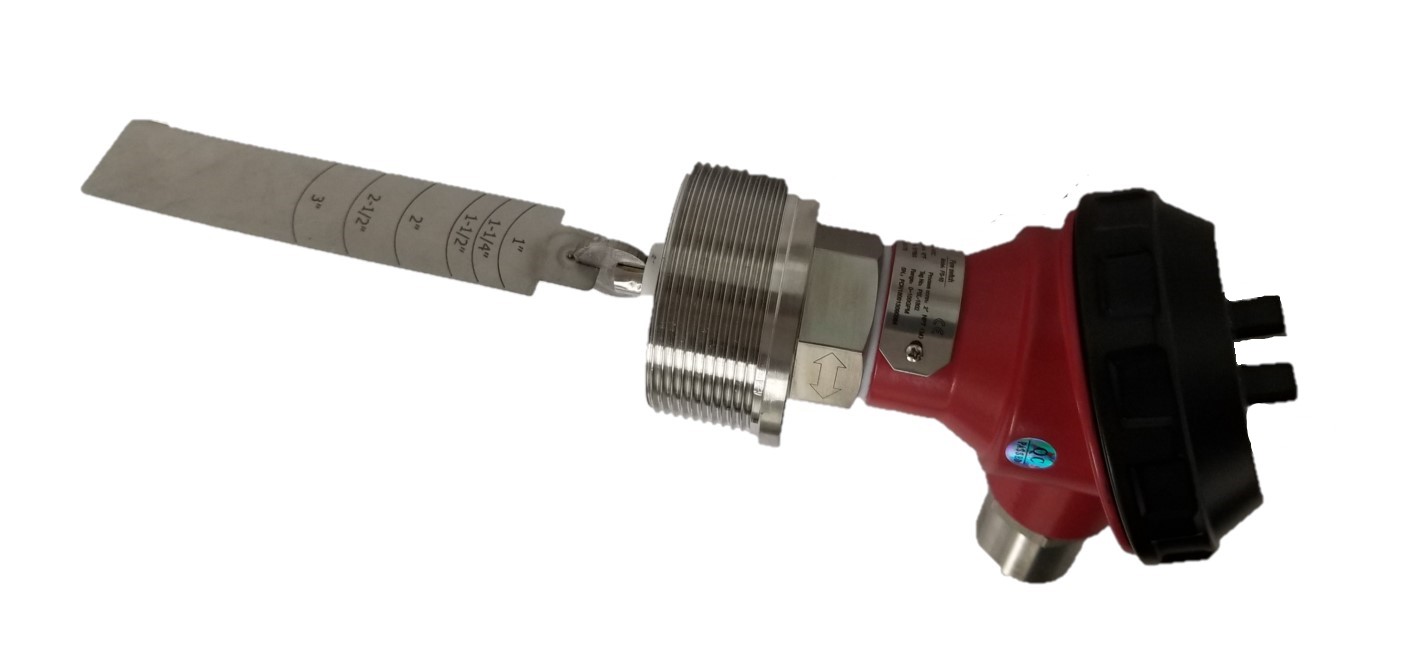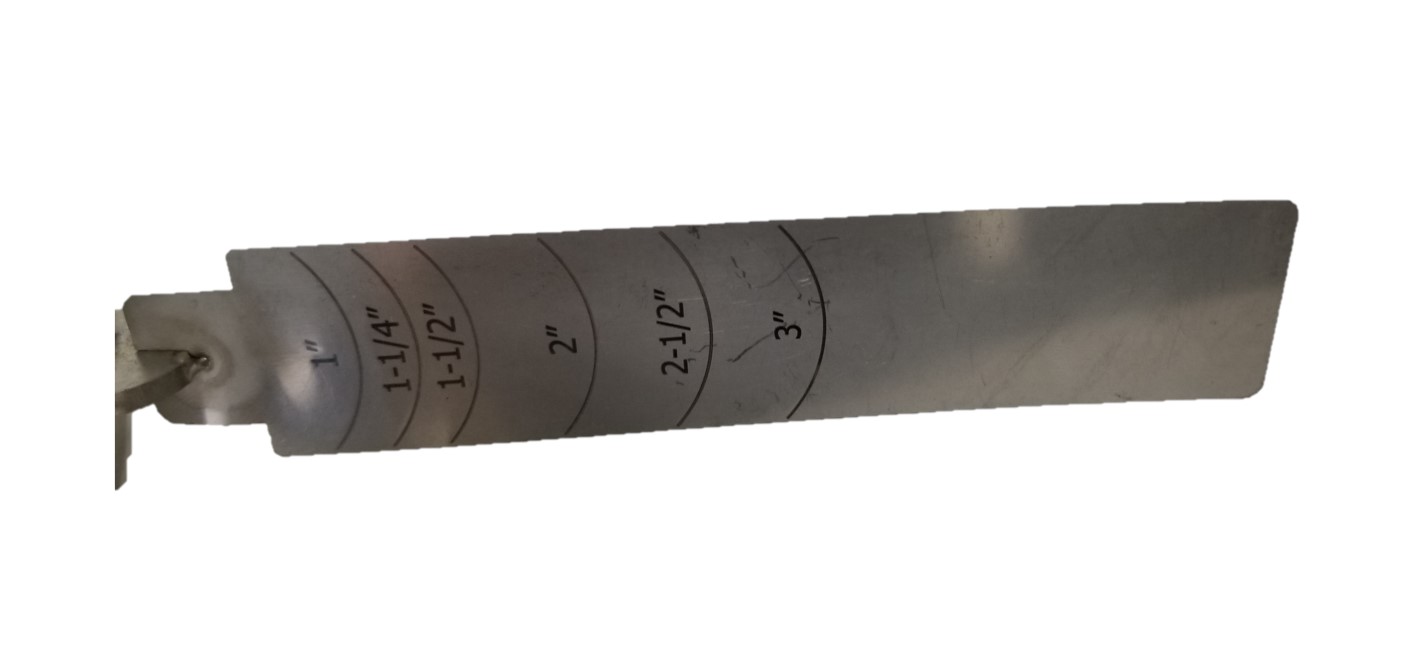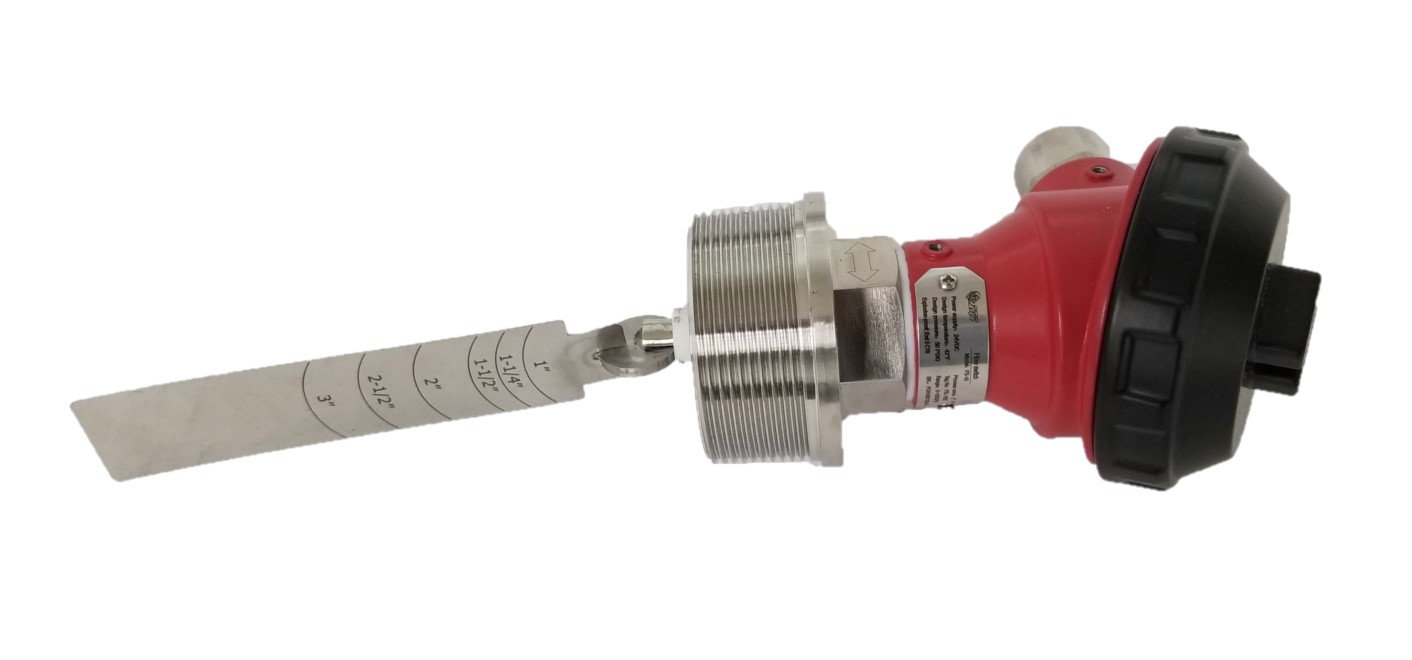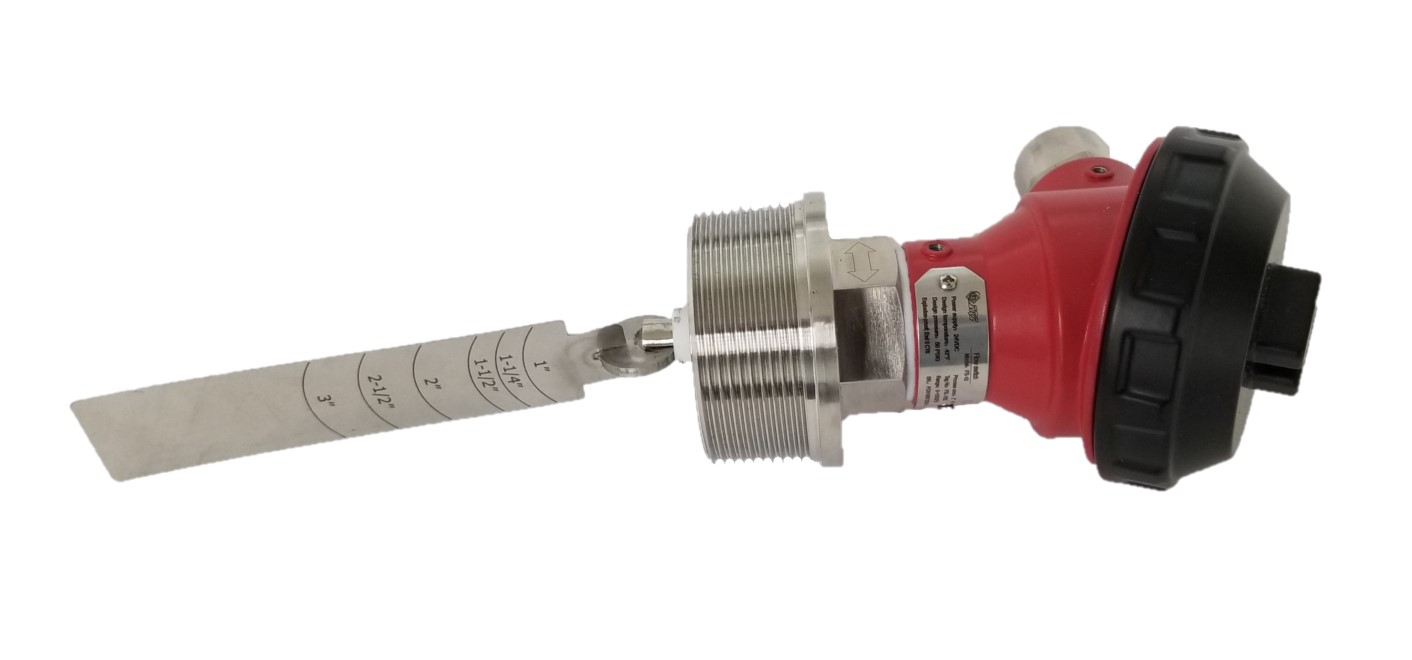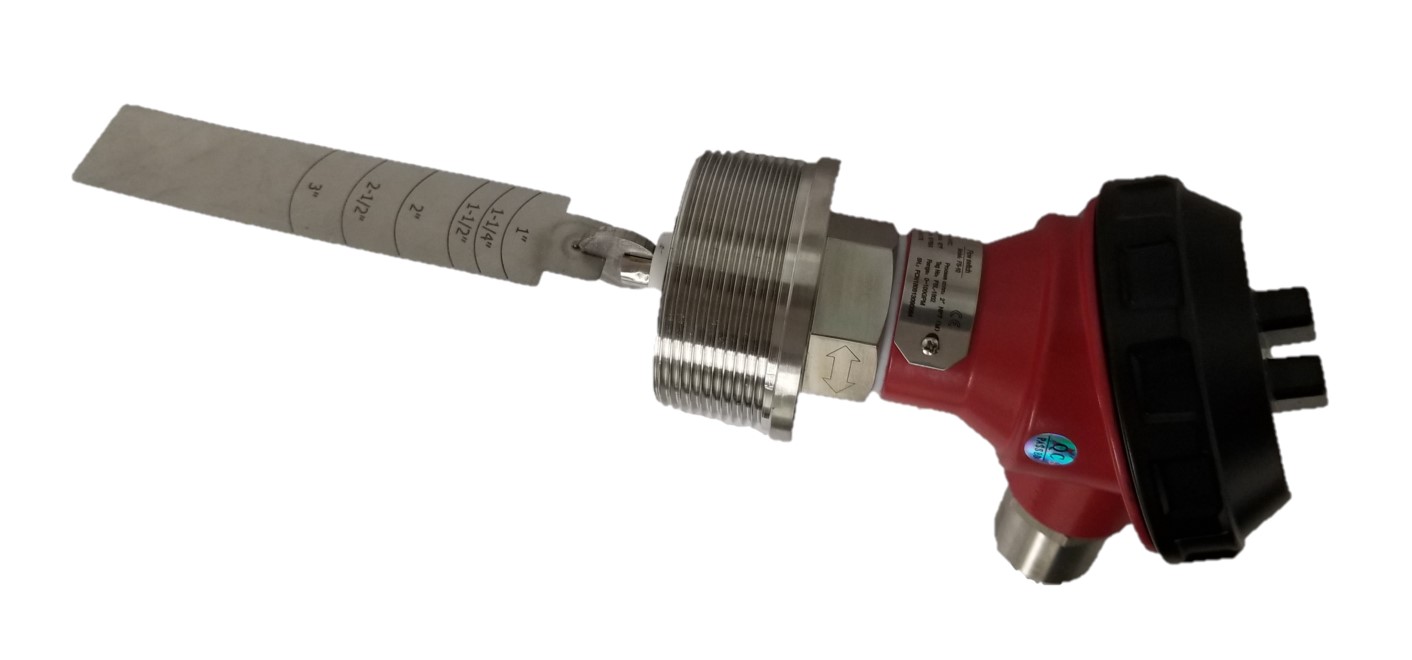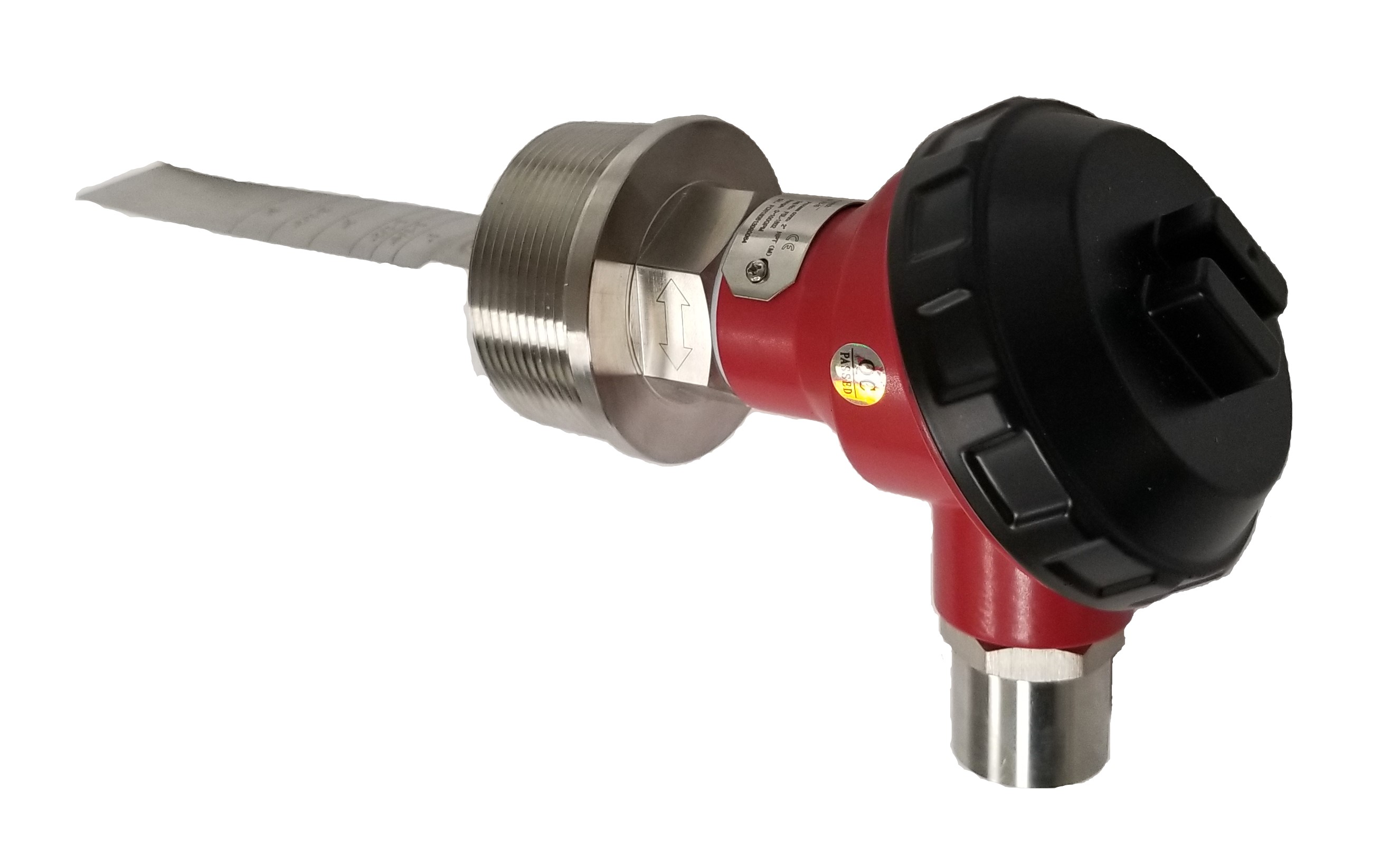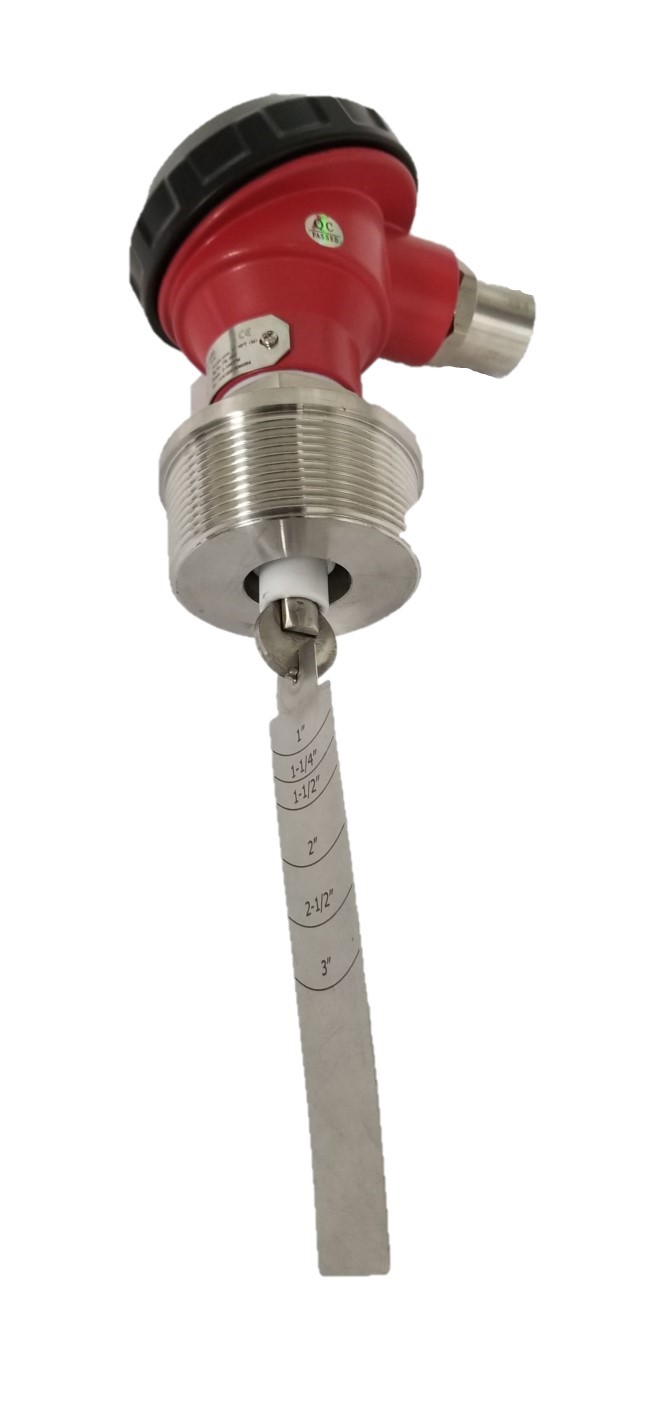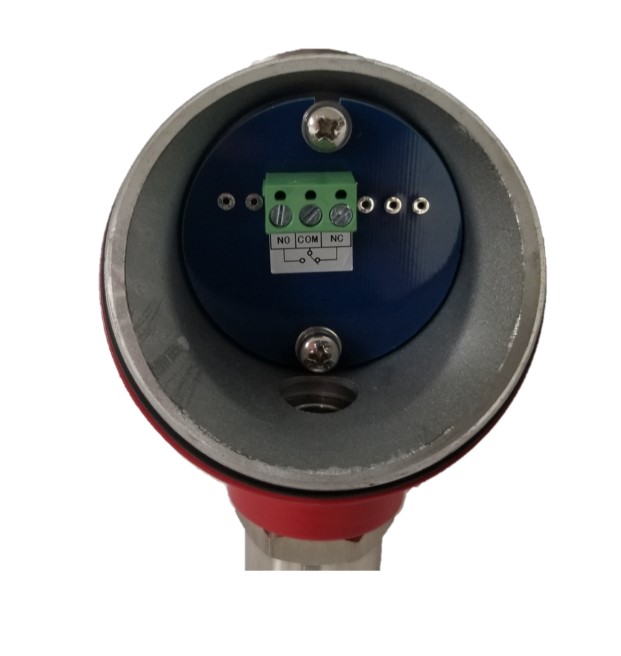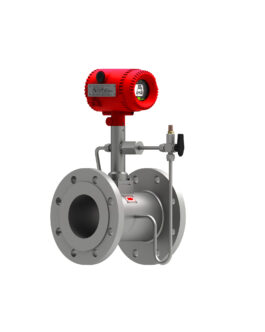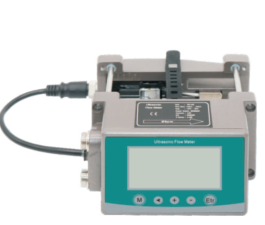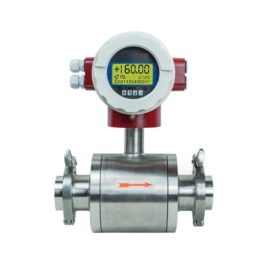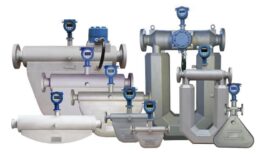Description
Understanding Flow Switches
Flow switches play a critical role in fluid handling systems. They help monitor and control the movement of liquids or gases. These switches activate actions like starting or stopping a pump or triggering an alarm. Their function ensures process efficiency and equipment protection.
What Is a Flow Switch?
A flow switch is a mechanical or electronic device. It detects the movement of fluid in a pipeline. When flow conditions change, the switch activates a response. This may involve opening or closing valves or signaling control systems. Flow switches are essential in many systems requiring accurate flow monitoring.
How Flow Switches Work
The operating principle of a flow switch is simple. When fluid begins to move through a pipe, it pushes against a sensing element. This element could be a paddle, piston, or thermal sensor. Once the fluid reaches a certain velocity, the switch triggers a set response. If the flow drops below a threshold, it resets or triggers another action.
Types of Flow Switches
There are different types of flow switches based on sensing methods. Mechanical paddle flow switches use a swinging paddle to detect flow. As fluid passes, the paddle moves and activates the switch. These are common in HVAC and water systems.
Thermal flow switches use temperature sensors. These sensors detect changes in heat transfer as fluid moves. When the flow increases, the cooling effect increases, prompting a signal. These switches suit clean fluids and require less maintenance.
Ultrasonic flow switches use sound waves. They send signals across the pipe and detect flow disruptions. This non-invasive method suits applications needing minimal pipe contact.
Applications of Flow Switches
Flow switches serve many industries. In HVAC systems, they monitor chilled water and cooling lines. They ensure pumps run only when needed. In industrial processes, they protect equipment from running dry. Boilers and cooling systems rely on them for safety.
In chemical processing, flow switches prevent overflows and dry runs. They also support automation by sending real-time flow data. In irrigation systems, they detect leaks and interruptions. This ensures efficient water distribution. Even fire protection systems use flow switches to detect sprinkler activation.
Benefits of Using Flow Switches
Flow switches offer several benefits. First, they protect equipment. They stop pumps from operating without fluid. This reduces damage and downtime. Second, they improve system efficiency. They ensure that fluid moves when and where it’s needed. Third, they enable automation. They send signals to control systems for real-time responses.
Additionally, flow switches reduce energy use. They turn off equipment during low or no-flow conditions. They also enhance safety by detecting abnormal flow. Early detection prevents accidents and costly repairs.
Installation and Setup
Proper installation ensures accurate operation. Always install the switch in the correct pipe orientation. The arrow on the switch body shows the flow direction. Mount it at a location with stable flow. Avoid placing it near bends, valves, or pumps.
During setup, adjust the flow setpoint. This defines the minimum or maximum flow that triggers the switch. Most mechanical switches use springs for adjustment. Electronic ones may use software or digital interfaces.
Secure all wiring connections. Test the switch to ensure it responds to flow changes. Also, check for leaks around fittings. A proper setup increases switch life and improves reliability.
Maintenance and Troubleshooting
Regular maintenance keeps the flow switch working well. Inspect it for buildup or wear. In dirty fluids, debris may block moving parts. Clean the sensor elements regularly. Check electrical connections for corrosion or looseness.
If the switch fails to trigger, verify the flow rate. It may fall below the setpoint. Also, inspect the sensing mechanism. Mechanical paddles may stick. Thermal or ultrasonic sensors may have calibration drift.
If false signals occur, assess the location. Turbulence near elbows can cause erratic readings. Relocate the switch if needed. For electronic models, update software or recalibrate sensors.
Choosing the Right Flow Switch
Several factors guide the selection of a flow switch. First, consider the fluid type. Viscous or corrosive fluids need compatible materials. Stainless steel or plastic bodies resist damage. Second, check the flow range. Choose a switch that operates within your system’s limits.
Third, assess the pipe size and connection type. Ensure the switch fits your piping system. Fourth, think about the environment. High-temperature or hazardous areas need specialized switches.
Fifth, review output needs. Some switches offer simple on-off signals. Others provide analog or digital outputs. Match the output to your control system. Lastly, choose a reputable manufacturer. Quality components ensure longer service life.
Industry Standards and Compliance
Flow switches used in regulated industries must meet specific standards. These may include UL, CE, or ATEX certifications. Compliance ensures safe operation in hazardous areas. Food and pharmaceutical industries require hygienic designs. These switches must meet FDA or 3-A standards.
Always confirm the switch complies with local codes and industry norms. Using certified equipment ensures safety and legal compliance.
Innovations in Flow Switch Technology
Technology continues to improve flow switch design. Modern flow switches now offer wireless connectivity. They send data to control systems without wiring. This simplifies installation and reduces costs.
Smart flow switches feature built-in diagnostics. They detect sensor errors and predict failures. This enables predictive maintenance. Many also offer remote calibration. This reduces the need for manual adjustments.
Integration with IoT systems has expanded their role. Flow switches now contribute to big data analysis. They help optimize fluid systems and reduce waste.
Safety Considerations
Safety is a key reason to use flow switches. A switch can shut down a pump when flow stops. This prevents overheating or equipment damage. In fire protection systems, flow switches detect sprinkler activity. They trigger alarms and start emergency responses.
In chemical handling, sudden flow changes may signal a leak. The switch detects it early and alerts operators. This avoids spills and contamination. Always ensure that safety-critical systems have backup switches. Redundancy adds another layer of protection.
Conclusion
Flow switches are vital for safe and efficient fluid handling. They monitor flow and trigger responses in real-time. Their presence protects systems, saves energy, and supports automation. By choosing the right type and installing it correctly, users gain reliable control over fluid processes. With advancing technology, flow switches are now smarter, faster, and more connected than ever.


